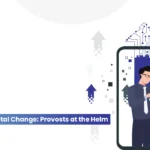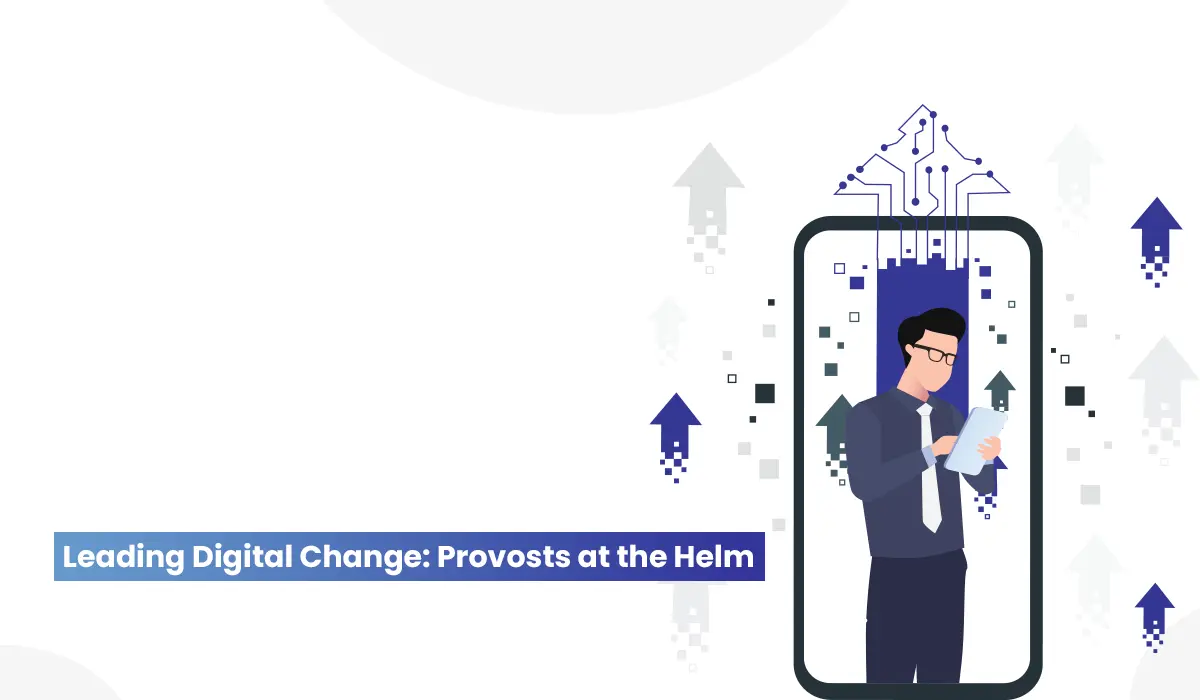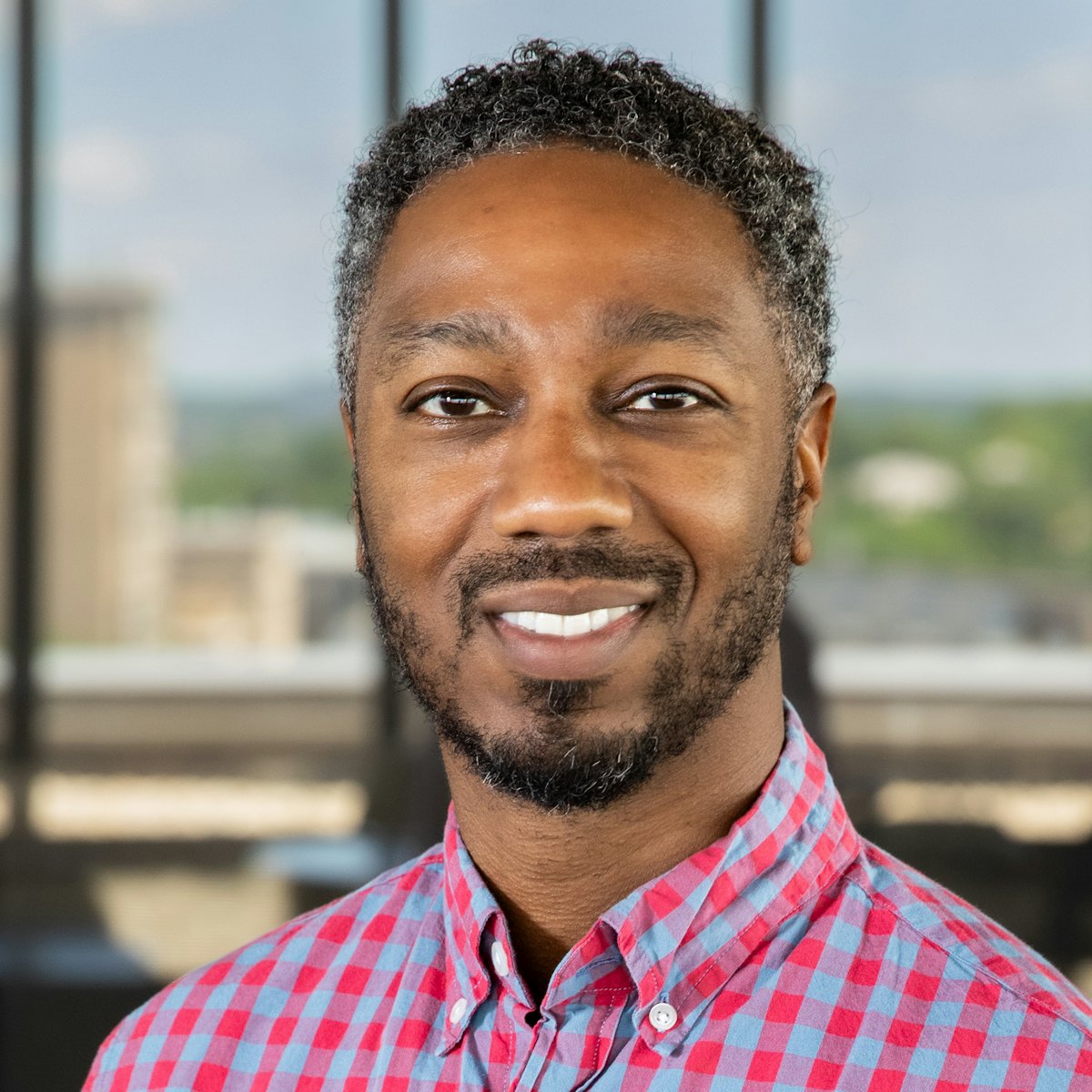Ricardo Azziz has held numerous executive positions in higher education and led the merger that resulted in Georgia Regents University, now Augusta University. He is principal at Strategic Partnerships in Higher Education, or SPH, Consulting Group.
He writes the regular Merger Watch opinion series on corporate restructuring in higher education.
A skim of recent headlines mentions 20 “closures in 2024,” 17 institutions “closing departments or ending services,” and 55 “cutting jobs.” Typical week in higher education? No. A typical week in healthcare.
Throughout my career, I have had the privilege of serving in two of the fields most relevant to human advancement — healthcare and higher education. Both are critical to the success of the individual and of the population. Both are viewed as social goods to which most believe they have a right. Both require practitioners with superior intellectual and empathetic capacity. Both can be readily accessible and affordable — or prohibitively expensive and inaccessible.
The stressors and changes in higher education today are highly reminiscent of what we have and continue to experience in healthcare.
Almost 40 years ago, when I began my training as a physician, I knew that what we provided was more art than science, sacred and special — and immeasurable. When we were informed of nascent efforts to assess healthcare quality, I remember questioning the point. Were healthcare bean counters really going to look inside my patients, after my surgeries, to assess my competence?

Ricardo Azziz
Permission granted by Ricardo Azziz
How were they going to measure the immeasurable — the empathy, the wisdom, the experience, the expertise that I was offering? But measure them they did, because the metric of interest was not about what I offered, but rather of patient satisfaction, costs and return hospitalizations. In essence, it was patient outcomes — not our competency, dedication and ego — that was being measured.
In higher education, we are struggling with outcome measurements as well. How do we measure the value of an education, perhaps even of a fuller liberal arts education? Is it just about whether graduates become gainfully employed or how much income they earn? What about intellectual development, civic engagement, quality of life, happiness and so many other values that we know a higher education degree can bring? We are just beginning to understand how to measure higher education’s value. But we will have to measure it.
Healthcare has also experienced a change in how services are provided.
Most of the care used to be provided to patients either in doctors’ offices or hospitals. But healthcare is moving to a different model, with the growth of outpatient care. Although much of outpatient care initially sprung from hospitals themselves, independent free-standing outpatient facilities have been increasing.
Similarly, higher education offerings are migrating away from on-campus education to an online model. Colleges are helping drive this model, but independent entities — such as Coursera, Udacity, and the Khan Academy — are also leading the charge.
The financial business model for healthcare is also changing, from straight fee-for-service, where payment is made for each eligible procedure or service, to bundled or value-based, where the provider (clinician and/or facility) assumes some of the economic risk of the outcome. Newer alternative payment models further aim to incentivize payment for quality and coordination over volume of services.
The business model for higher education is likewise changing, though officials are struggling to identify viable ways to finance sustainable, relevant and quality colleges.
Allied health professionals — which include nurse practitioners, physician assistants, and others — are also becoming more common. Although not an identical comparison, this is similar to higher education’s increased use of adjunct and part-time faculty.
What about closures and mergers? Healthcare used to be dominated primarily by inpatient facilities — i.e., hospitals — many of them small and rural. We all wanted hospitals in our communities. Likewise, hospital leaders were convinced they were indispensable to their communities, regardless of the realities of their business models and increasing regulatory burdens.
Much like what is happening in higher education, many of these smaller hospitals have either closed or merged.
The fight to keep smaller hospitals open was and is ferocious, with board members, hospital executives, former and current patients, and local community leaders all leading the charge. Despite these valiant but often ineffective efforts, the past 30 years has seen significant consolidation of the healthcare market for both hospitals and provider practices.
Overall, hospital mergers and acquisitions have continued to increase, with financial pressures as a key driver of this consolidation. These are trends we are also observing in higher education.
What can higher education learn from the healthcare experience?
Paradoxically, it is preferable to actively and positively participate in the processes impacting healthcare, often taking a lead position — the measurements, the care plans, the mergers. Otherwise, others will do it for you — without your input.
The second is that not all leaders are ready or able to address major change. Driving and successfully managing major institutional restructuring — what my colleagues and I have called “Big Scary Change” — often requires unique and specific competencies.
Considering the experience of the healthcare sector over the past 30 years, we can assume healthcare and academic health today are generally better prepared to address major institutional change and restructuring.
In 2014, my colleagues and I had examined what share of college chief executives were previously healthcare leaders. We found that 6.1% of college leaders had a professional degree in a healthcare field, with 2.2% having a medical doctorate.
This suggests that academic health leaders are an underutilized asset in addressing the challenges that higher education is facing.
The third lesson is that market consolidation is inevitable, regardless of how special we believe our institutions, our peers and colleagues, and our communities to be. Market consolidation will occur when there is excess capacity, decreasing demand, and increasing cost — as higher education is experiencing.
Perhaps to better predict what the future of higher education may be, we may want to better understand the past, present and future of healthcare.
#understand #future #higher #education #healthcare










